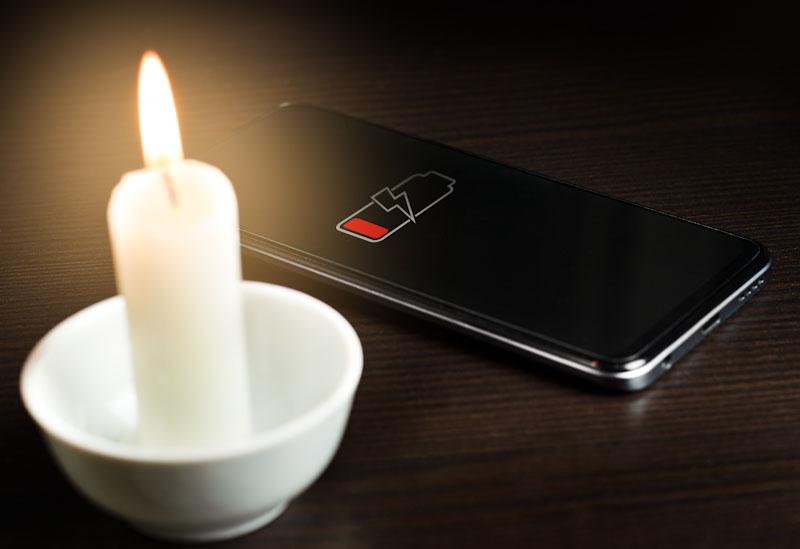Some of the links in this post may contain affiliate links for your convenience. As an Amazon Associate, I may earn a small commission from qualifying purchases without any increase in price to you.
Tired of replacing ripped clothes when a quick fix could save the day (and your wallet)? This guide empowers families to save money and build resilience with a DIY sewing repair kit. We’ll tell you exactly what you need to gather, from needles and thread to crafty extras, so you can tackle rips, replace buttons, and extend the life of your loved ones’ clothes.
Remember the resourcefulness of the Depression era, where “Use It Up, Wear It Out, Make it Do, or Do Without” wasn’t just a saying, it was a way of life? Instead of tossing a shirt with a popped button or letting a favorite pair of jeans languish with a small tear, you’ll learn how to create a personalized mending kit equipped to breathe new life into them. Think of it like transforming scraps into delicious meals during hard times – it’s about utilizing what you have, mastering basic skills, and fostering a family culture of self-reliance that transcends trends and saves you precious dollars. So, channel your inner Depression-era innovator and get ready to mend your way to a more sustainable, budget-friendly wardrobe – one stitch at a time!
A friend of mine tells me her motto in life is “I’d rather throw it than sew it” and she’s not alone in that. With thrift stores, clearance racks, and friends and family sharing old items, repairing damaged clothing can seem pointless even to someone trying to squeeze every penny for all it’s worth. So why do you need a survival sewing/mending kit?
Traditionally, soldiers and sailors have always had their own sewing kits. Frostbite from a jacket or sleeping bag that doesn’t close properly, camouflage ruined by a ripped shirt (showing solid colors or skin underneath), tripping on something badly ripped, or catching your gear on rips or extra length (sleeves or pants, especially) are all possible dangers that come to mind. Dying because your uniform was damaged is a stupid way to go. And those are still potential dangers if you are doing any kind of outdoor physical activity. Of course, most of us spend most of our time in cars and buildings, not the wilderness, but the ability to do a quick repair can still make our lives a lot easier. If you’re walking out the door to go see a show or enjoy a nice dinner and rip your outfit, you may not have a back-up. Patching a garment is fast and easy.
The simplest one can still be found free at the front desk of some hotels, or even in your hotel room. It is little more than several colors of thread, a needle, a pin or two, and a needle threader. It is just enough to repair a smaller tear or button. You can easily put this in our old friend the Altoid tin to make a slightly more comprehensive sewing kit. Add small embroidery scissors or snips, an iron on patch, some quilting pins, and a measuring tape. You might even squeeze in a small pen or some chalk for marking repairs.I am a big fan of quilting pins because they are a lot bigger and have brightly colored balls on the end, making them easy to find. My eyesight is no longer 20/20! If you have space, add a bodkin, or at least a large safety pin, to help fix drawstrings that get pulled back into your garment.
An at-home kit includes both more items and full-size items. For example, a pair of scissors instead of embroidery snips.
Before tackling your favorite shirt, practice basic stitches like the running stitch (strong and straight), backstitch (secure and reversible), and whip stitch (fast and neat for finishing edges). Experiment on fabric scraps to build confidence.Remember, your kit can handle minor repairs on household items like curtains, towels, or even stuffed animals.
Most people use tins for their sewing kit because (1) we all end up with extra ones after the holidays and (2) there are lots of pointy things designed to cut and poke in sewing kits, so they really need to be in something sturdy. If you gather all the items listed in this article, they will easily fit in the traditional container for a home sewing kit: the “Royal Dansk Danish Butter Cookies“ tin in blue. This is universally acknowledged as THE storage container for sewing kits. To be honest, no one knows why, but it is a fact.
If you really want to sew or do anything beyond minor repairs, you will need more tools such as a sewing machine, cutting board, rotary scissors, a fabric measuring tape, and more.
Common hand sewing repairs for clothing include securing ripped seams, replacing missing buttons, fixing loose hems, mending small tears, and addressing minor snags or pulls. These repairs can significantly extend the life of garments and are achievable with basic sewing skills and a well-equipped sewing kit.
Craft stores, online retailers, yard sales, and even dollar stores offer affordable options. Look for deals and consider multi-purpose items.
Free sewing tutorials and repair guides abound! Utilize websites, YouTube channels, and online communities for expert tips and inspiration.
For complex tasks like heavy fabrics, intricate seams, or zipper replacements, consider graduating to a sewing machine. Not only will it tackle thicker materials with ease, but its speed and precision will elevate your repairs and unlock a world of creative sewing possibilities!
For the most basic survival sewing repair kit, the key items are a needle, thread, some kind of scissors, and (for most of us) a needle threader. However, the more you add to it, the more items you can repair and the longer-lasting your repair will be. When you get your survival mending kit together, share a list of what you’ve included!
via thesurvivalmom




